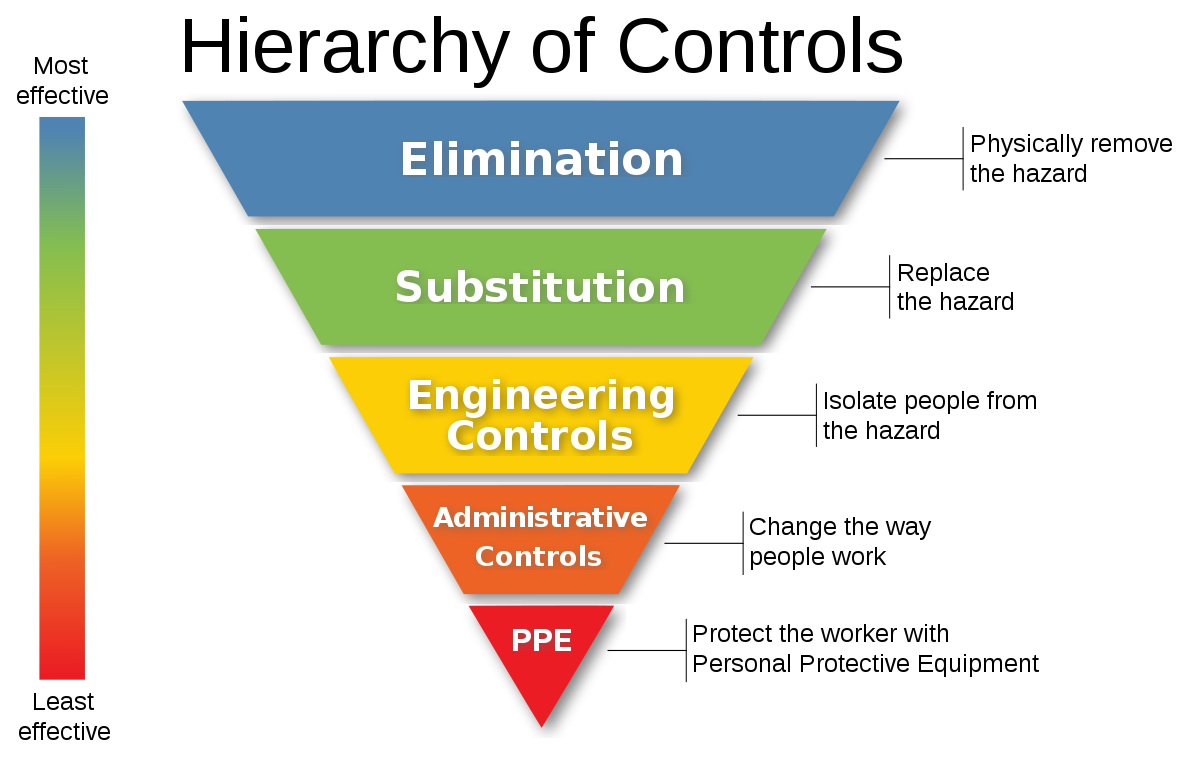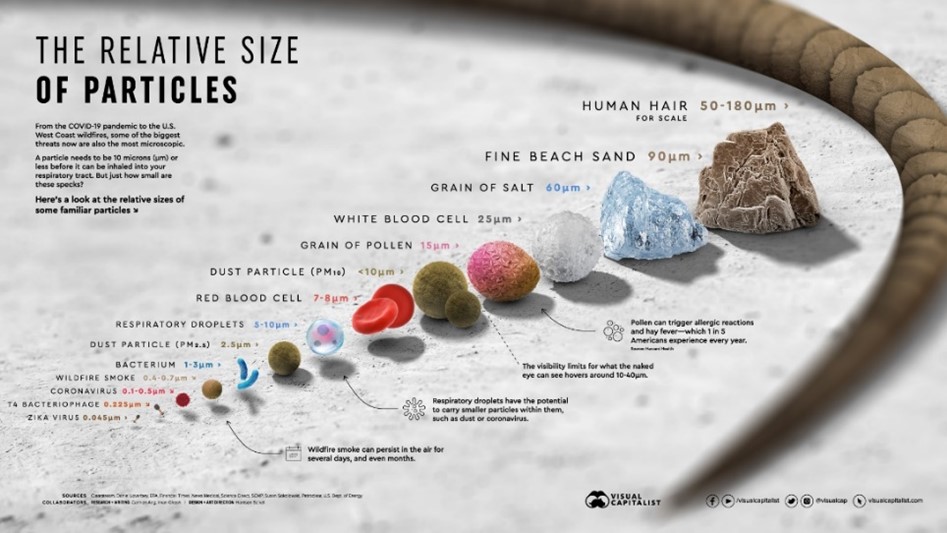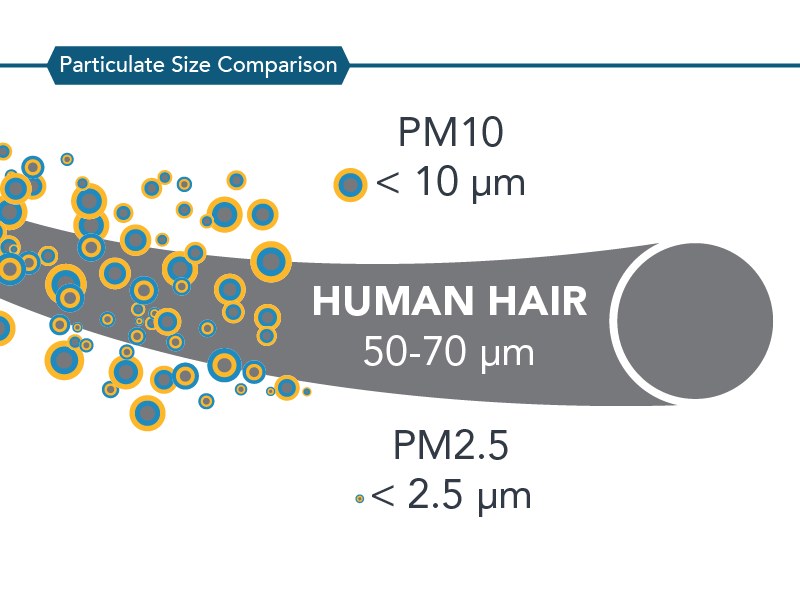
|
Maxisafe |
|---|
When we take time to look at the workplace Hierarchy of Controls measures, it is only then that we truly understand the importance of our Personal Protective Equipment (PPE).

There are many hazards and safety risks at work that cannot be eliminated, or minimised, such risks require the implementation of our PPE.
Like all PPE, our Respiratory Protective Equipment (RPE) is also a last resort for respiratory protection against a range of airborne particles, mists, liquids, some fumes, gases and/or vapours. Our PPE falls at the bottom of the hierarchy of control measures as it is subjective and relies on the user to wear it correctly each and every time to ensure it’s intended protection is received.
When our RPE is not worn correctly and in accordance with the manufacturing recommendations, the wearer will not receive its intended protection, therefore potentially still exposing themselves to the very risks they are trying to gain protection from.
There are many reasons a mask may be a poor fit for a wearer, for instance, wrong size, make or model, incorrectly donned, not properly stored or maintained. The most commonly forgotten aspect is the wearer’s facial hair and its ability to obstruct the wearer achieving an optimal seal.
All individuals have varying facial hair, each individual’s growth is different, facial hair can also vary in texture, i.e. coarse or fair. When a wearer has stubble, this stubble has the capacity to sit the mask off the skin and an adequate seal cannot be achieved.
Facial hair/stubble that obstructs the masks’ ability to create an adequate seal has the potential to still expose the wearer to the risks they are trying to gain protection from as air will always take the path of least resistance.
If we take a moment to observe the picture below you will notice that a hair follicle is nearly 50 times a respirable particle.

Inhalable Particles
Inhalable dust refers to larger dust particles that can become stuck in the nose and mouth. As they are larger in size, your body can typically use its defence mechanism and expel these out of the body.
Respirable Particles
These are much smaller airborne dust particles, these are more dangerous as your body cannot cough the smaller sizes out which means some can enter your lower lungs (alveoli), directly absorbing into the bloodstream. Or lodging to present as an illness later.

The AS/NZS17:15,2009 states that nothing is to obstruct the respirators’ ability to make contact with the wearers skin.
Fit testers have to follow the clean shaven requirement set even if a site does not have a clean shaven policy as it affects the fit and is a variable that has to be removed when testing a masks seal in order to achieve a true understanding of fit for the wearer.
There are many kinds of RPE to provide respiratory protection, disposables are the most commonly used, P1, P2 and Half Face or Full Face mask. For some workers the Air Fed or Powered Air Purify Respirators (PAPR) may be required in certain working conditions against some airborne contaminates to enhance the wearers protection.
It is important to understand what hazards are present in the workplace to better understand the types of respirators that should be worn, coupled with the type of filtration that will be appropriate in such circumstances.
To find out more, please reach out to one of our Maxisafe team members.

Maxisafe acknowledges the Traditional Owners of the land where we work and live. We pay our respects to Elders past, present and emerging. We celebrate the stories, culture and traditions of Aboriginal and Torres Strait Islanders of all communities who also work and live on this land.
